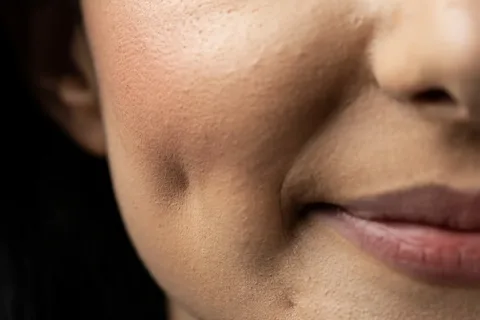Introduction:
Dimples, those cute little indentations that appear on some people’s cheeks when they smile, have been a subject of fascination for centuries. But have you ever wondered if dimples are genetic? Is there a scientific explanation behind this charming facial feature? Let us explore the science behind dimples and whether they are inherited.
Understanding Dimples:

Dimples are small, natural indentations that typically form on the cheeks when a person smiles. They are caused by the underlying facial muscle called the zygomaticus major. This muscle is connected to the skin by a band of tissue, and when it contracts during a smile, it pulls the skin, creating a visible indentation or dimple.
Are Dimples Genetic?
The short answer is yes, dimples can be genetic. The presence or absence of dimples is determined by genetic factors that influence the development of facial muscles and skin.
Several genes play a role in determining whether an individual will have dimples. The most well-known gene associated with dimples is the PAX3 gene. This gene is involved in the development of facial muscles, and variations in the PAX3 gene can influence the formation of dimples. While genetics plays a significant role, it is not the sole determinant of whether a person will have dimples.
Environmental Factors:
While the genetic component is crucial, environmental factors can also influence the presence of dimples. For example, the amount of fat in the cheeks can affect the visibility of dimples. Sometimes, dimples may become more visible as a person loses baby fat and their facial structure matures.
Conclusion:
In conclusion, the presence of dimples is influenced by a combination of genetic and environmental factors. While there is a genetic basis for the development of dimples, other factors can also contribute to their presence. So, the next time you notice someone’s charming dimples, you can appreciate the fascinating play between genetics and the environment that gives each individual their unique features.


